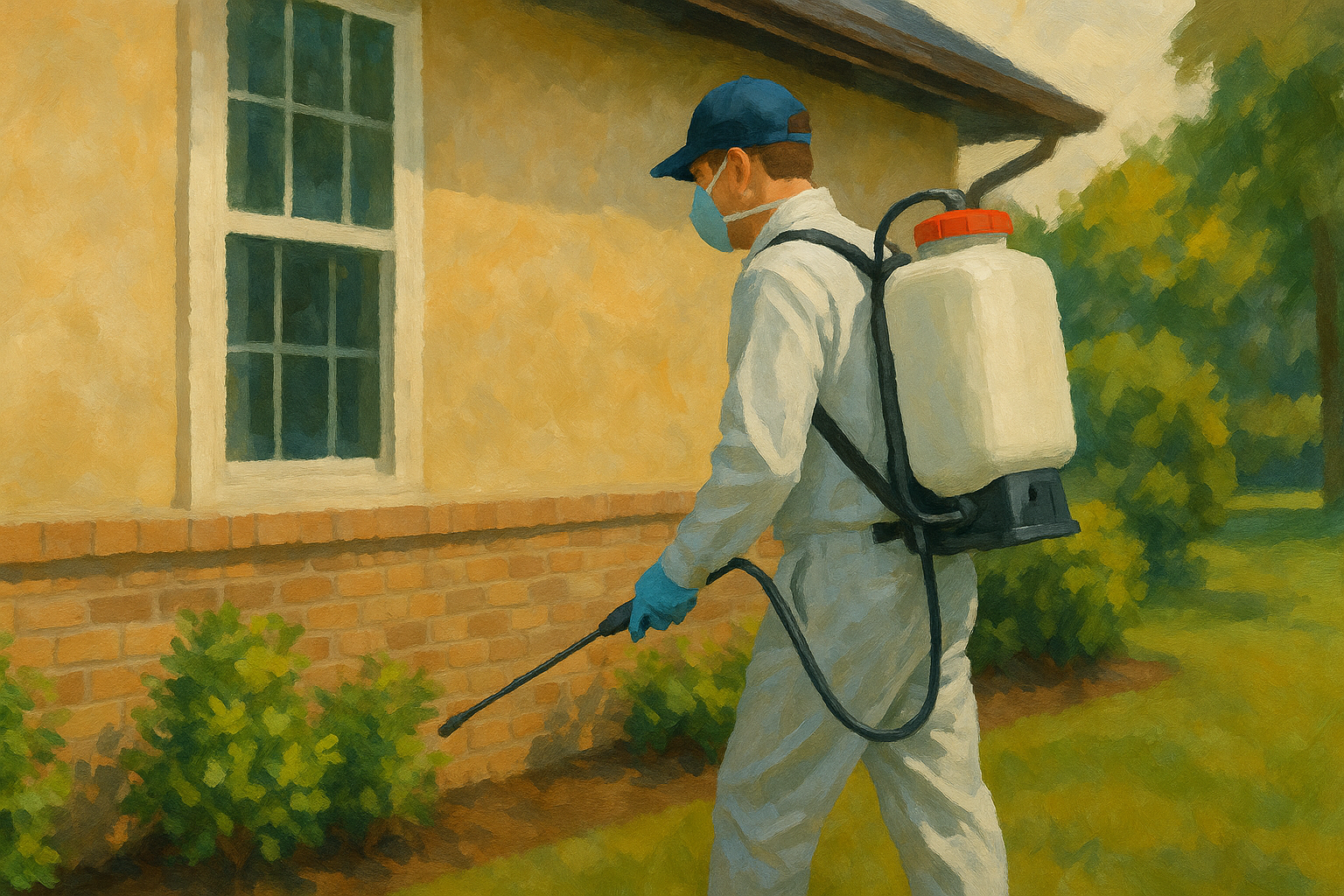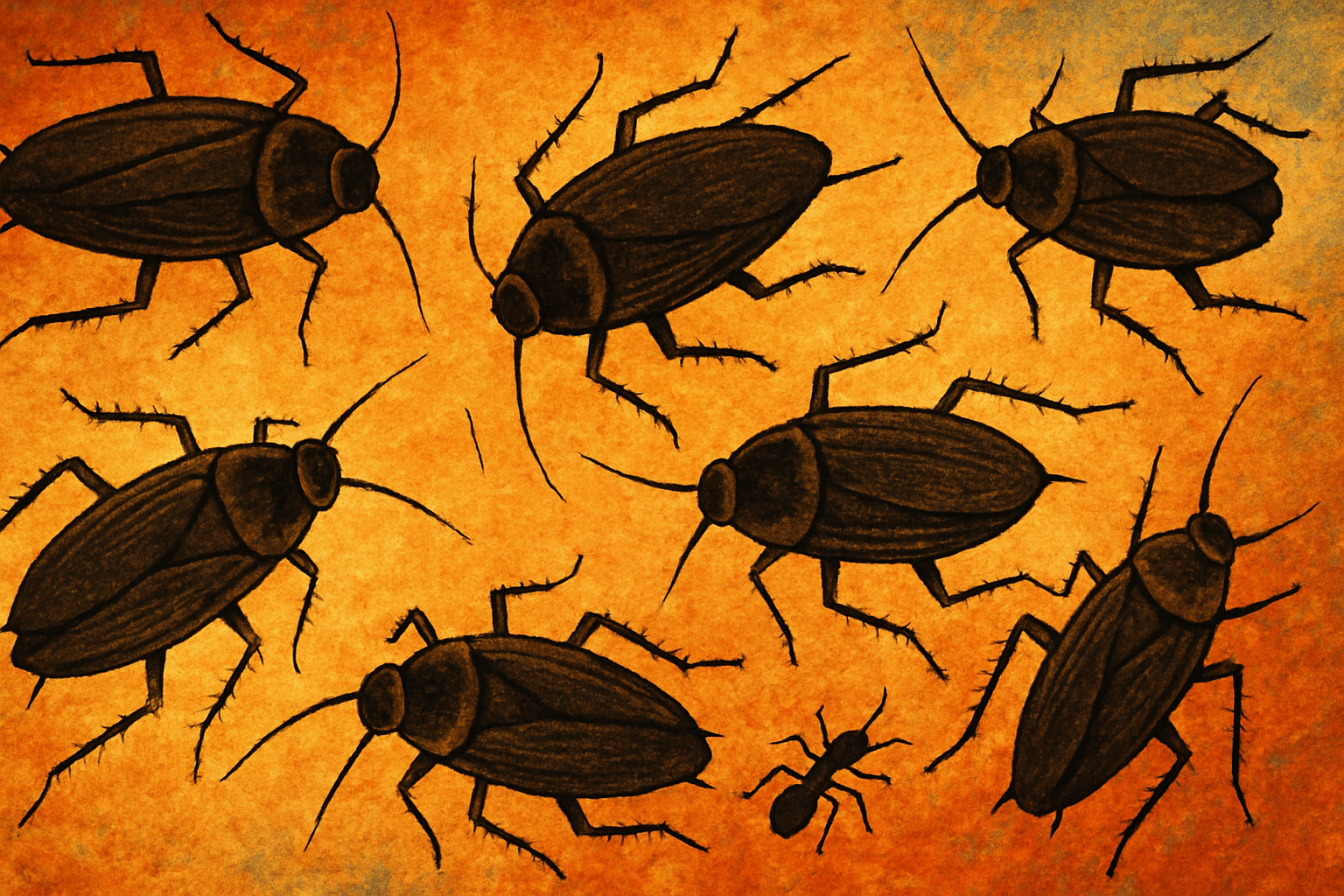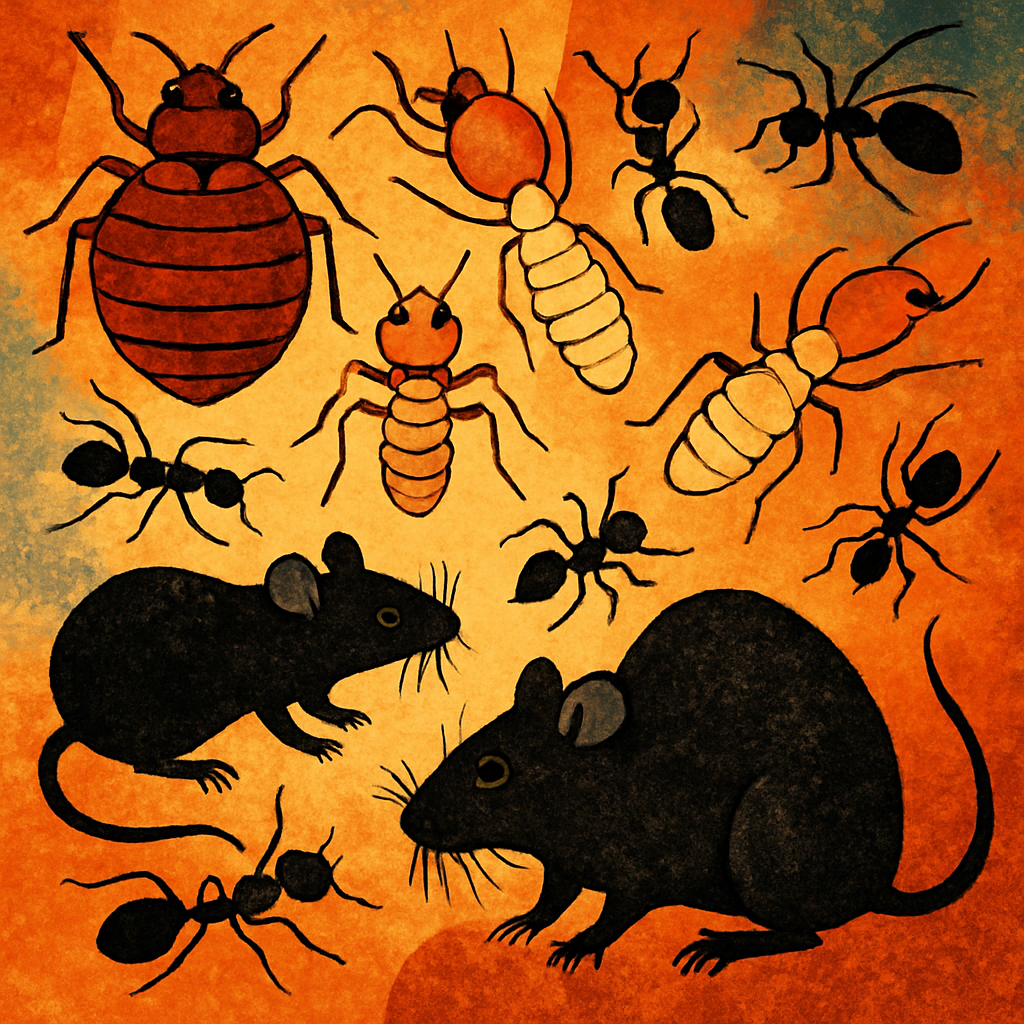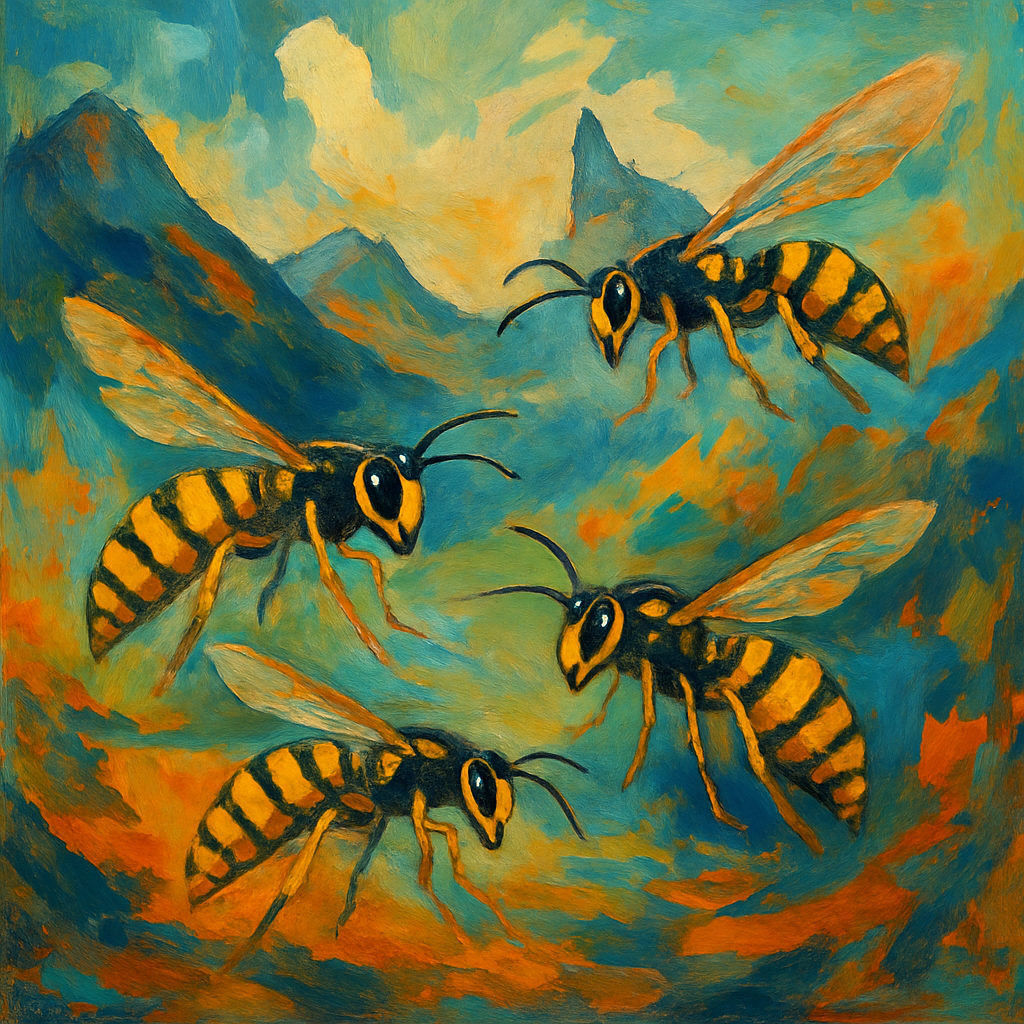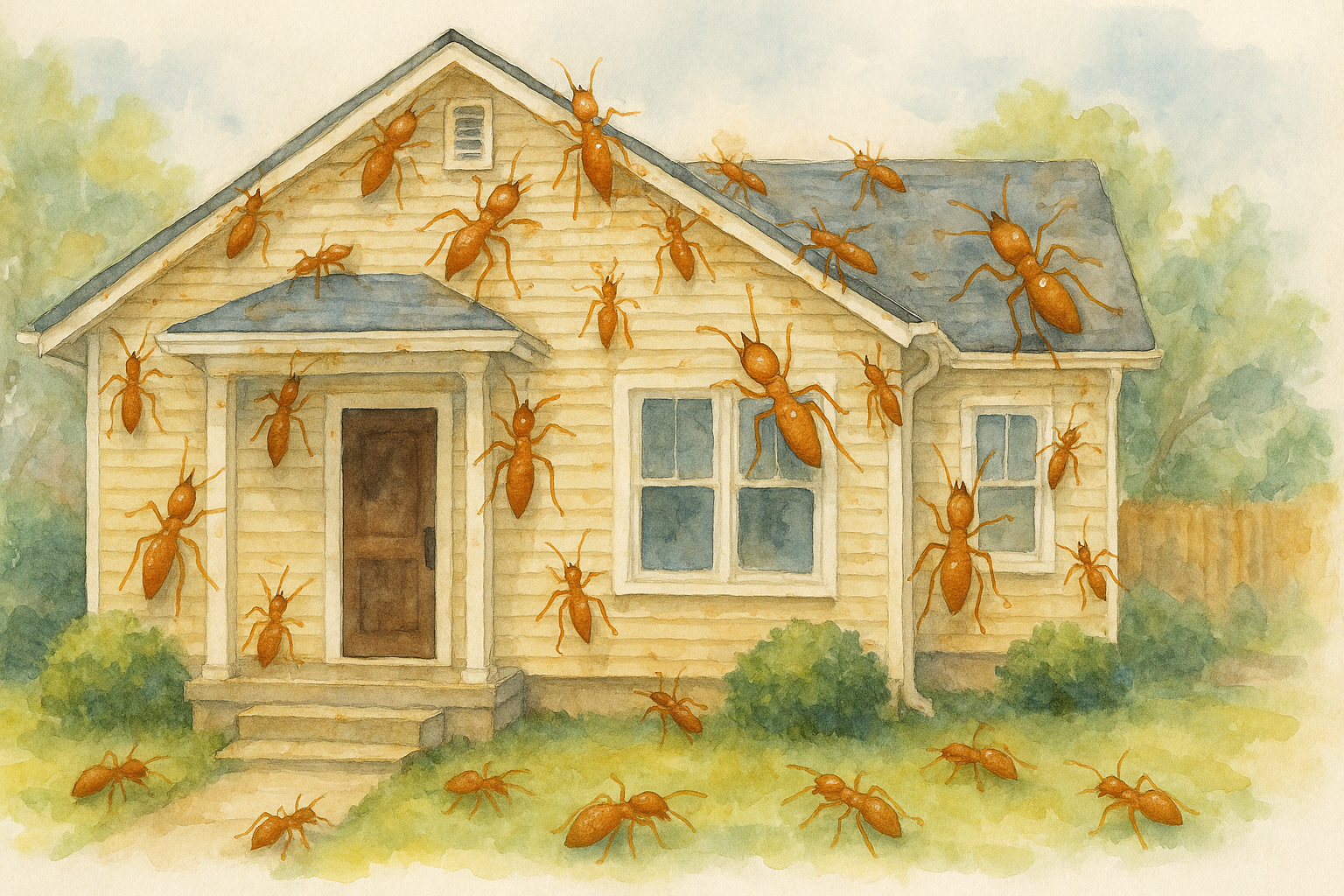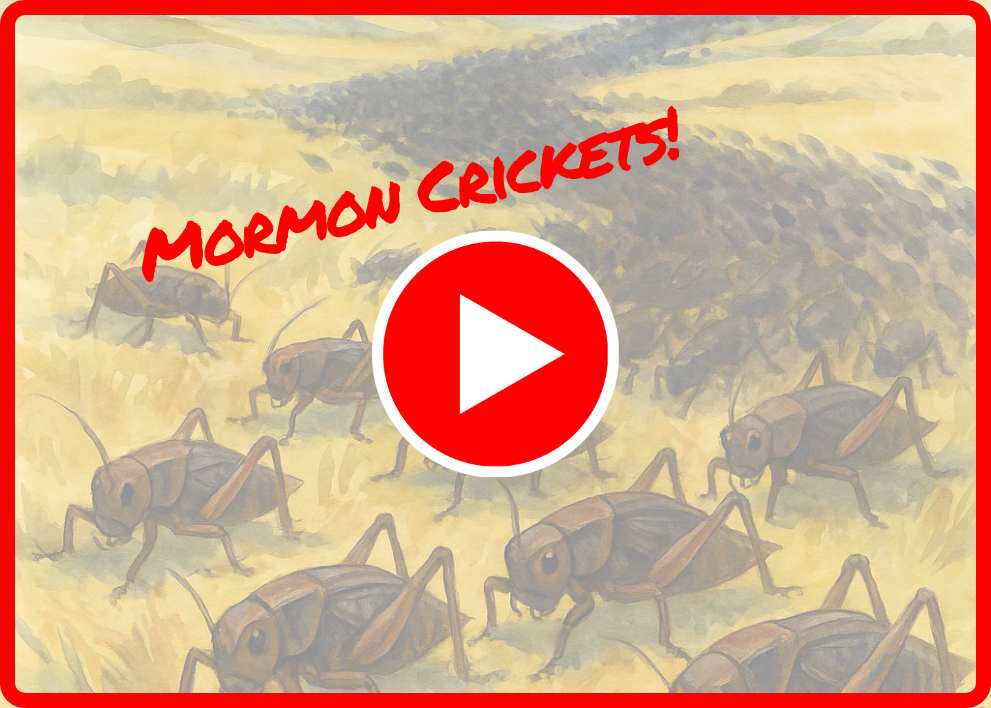Jumping spiders, belonging to the family Salticidae, are a group of spiders known for their remarkable agility, excellent vision, and intricate hunting behaviors. These spiders are widely distributed across various habitats worldwide, including forests, grasslands, and urban areas. Their ability to leap many times their body length, combined with their sharp visual acuity, sets them apart from other spiders. In this article, we’ll explore the different types of jumping spiders and the unique features that make them some of the most fascinating arachnids.
Peacock Spiders (Genus Maratus)
Peacock spiders are one of the most visually striking types of jumping spiders. Native to Australia, these tiny spiders are famous for the vibrant colors and elaborate courtship dances performed by the males. Peacock spiders use their colorful, fan-like abdominal flaps to attract mates during complex courtship rituals. These spiders are also known for their elaborate, coordinated movements during mating displays, making them one of the most popular types of jumping spiders studied by arachnologists and wildlife enthusiasts alike (Baehr et al., 2019).
Spartaeinae Jumping Spiders
The Spartaeinae subfamily is considered primitive among jumping spiders. They are unique in that many of them build webs, which is unusual for a group generally known for its active hunting techniques. These spiders use their webs to catch prey such as moths. For example, species like Spartaeus spinimanus construct large sheet webs and capture prey by lunging at them. This subfamily is found primarily in Southeast Asia (Jackson & Pollard, 1990).
Portia Spiders (Genus Portia)
Portia is a genus of jumping spiders known for their intelligence and complex hunting strategies. These spiders are araneophagic, meaning they primarily hunt and eat other spiders. They employ various predatory tactics, such as mimicking the vibrations of prey caught in webs or using stealth to approach other spiders. Portia fimbriata, found in Queensland, Australia, has been observed using sophisticated stalking methods to catch dangerous web-building spiders. This genus stands out for its problem-solving abilities and adaptability when hunting (Li & Jackson, 1996).
Dendryphantinae Jumping Spiders
The subfamily Dendryphantinae includes many well-known genera of jumping spiders. These spiders are characterized by their elongated bodies and are often found in forests and meadows. They are skilled hunters, preying on small insects. A molecular study revealed the evolutionary relationships within this group, highlighting their diverse adaptations across different habitats (Hedin & Maddison, 2001).
Maevia inclemens
Maevia inclemens is a species of jumping spider known for its distinctive dimorphic males, which means males come in two different forms with varying body shapes and courtship behaviors. These spiders have been studied for their visual capabilities, as they can recognize and react to televised images of prey and conspecifics, demonstrating their reliance on vision for complex behaviors (Clark & Uetz, 1990).
Marpissa Spiders (Genus Marpissa)
The genus Marpissa includes jumping spiders that are particularly known for inhabiting crop fields and gardens. These spiders help regulate pest populations by preying on insects in these environments. Species like Marpissa calcuttaensis have been documented in regions such as Bangladesh, where they play a crucial role in agricultural ecosystems (Biswas & Begum, 1999).
Jumping spiders are among the most diverse and fascinating of all spider species. Their vibrant colors, unique hunting strategies, and reliance on vision make them an intriguing group to study. Whether they are performing elaborate courtship dances or solving complex hunting problems, these spiders showcase the incredible adaptability and behavior of arachnids.
Jumping spiders are a captivating group of arachnids, distinguished by their vibrant appearance, exceptional vision, and complex hunting behaviors. Whether it's the colorful peacock spiders with their intricate dances, the clever Portia spiders with their problem-solving hunting techniques, or the widespread species aiding in pest control in crop fields, jumping spiders play a vital role in ecosystems across the globe. Understanding the different types of jumping spiders not only highlights their importance but also adds to the appreciation of these small, dynamic creatures.
Works Cited
Baehr, B., Schubert, J. A., & Harms, D. (2019). The Brushed Jumping Spiders (Araneae, Salticidae, Jotus L. Koch, 1881) from Eastern Australia. Evolutionary Systematics. https://evolsyst.pensoft.net/article/34496/.
Jackson, R., & Pollard, S. (1990). Web-building and predatory behaviour of Spartaeus spinimanus and Spartaeus thailandicus, primitive jumping spiders (Araneae, Salticidae) from South-east Asia. Journal of Zoology. https://zslpublications.onlinelibrary.wiley.com/doi/10.1111/j.1469-7998.1990.tb04735.x.
Li, D., & Jackson, R. (1996). Prey preferences of Portia fimbriata, an araneophagic, web-building jumping spider (Araneae: Salticidae) from Queensland. Journal of Insect Behavior. https://link.springer.com/article/10.1007/BF02213884.
Hedin, M., & Maddison, W. (2001). A combined molecular approach to phylogeny of the jumping spider subfamily Dendryphantinae (Araneae: Salticidae). Molecular Phylogenetics and Evolution. https://www.sciencedirect.com/science/article/abs/pii/S1055790300908832?via%3Dihub.
Clark, D. L., & Uetz, G. (1990). Video image recognition by the jumping spider, Maevia inclemens (Araneae: Salticidae). Animal Behaviour. https://www.sciencedirect.com/science/article/abs/pii/S000334720580990X?via%3Dihub.
Biswas, V., & Begum, A. (1999). Jumping Spiders of Bangladesh: Genus Marpissa Koch (Araneae: Salticidae).
Records of the Zoological Survey of India.
https://recordsofzsi.com/index.php/zsoi/article/view/160208.
Contact Today For $100 Off Your Initial Service!
⭐⭐⭐⭐⭐
Backed by our Bigfoot Guarantee!
What Customers Are Saying:
"Everyone from Bigfoot is awesome. They are always on time. They're extremely thorough. I've not had a single issue in the two years they have been treating our home. Well worth it!"
T. Potter | Meridian, ID
